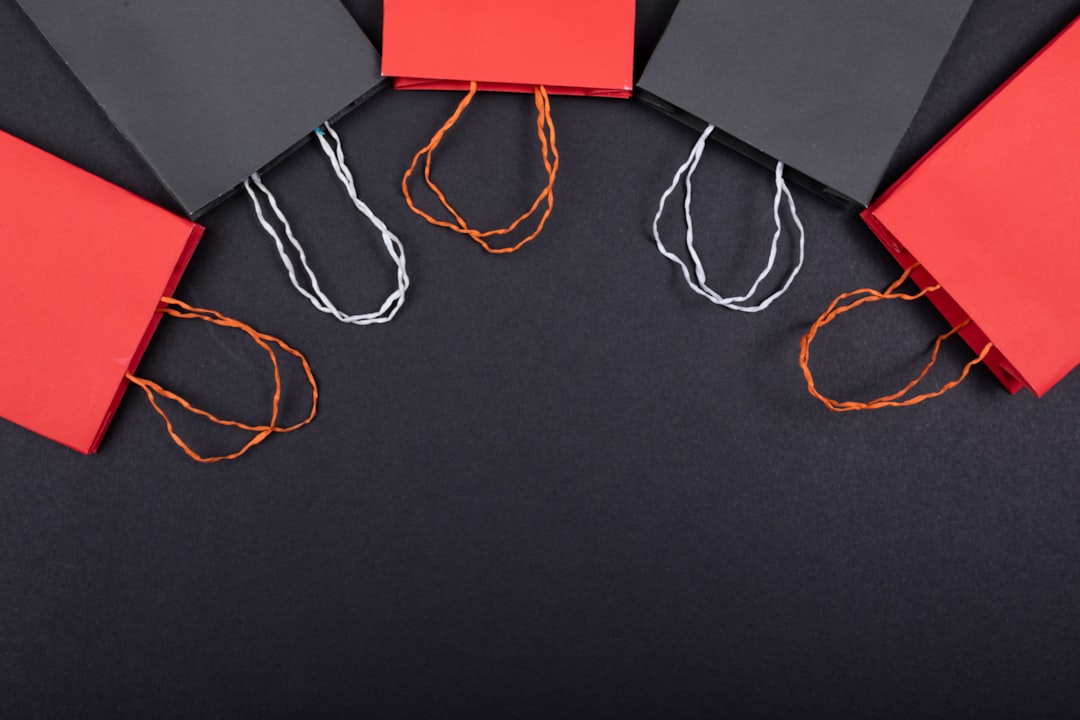Film lighting is a crucial aspect of filmmaking that can make or break the overall look and feel of a movie. Whether you are a beginner filmmaker or a seasoned professional, understanding the basics of film lighting is essential to creating visually impactful scenes. In this beginner’s guide to film lighting, we will explore some key principles and techniques to help you achieve the desired cinematic look for your film.
One of the most important aspects of film lighting is understanding how light interacts with different surfaces and objects. By mastering the properties of light, you can effectively control the mood and tone of your scenes. One technique often used by filmmakers is three-point lighting, which consists of a key light, fill light, and backlight. The key light is the primary source of illumination, while the fill light helps to fill in any shadows created by the key light. Finally, the backlight is used to separate the subject from the background and add depth to the scene.
Another important concept to grasp when it comes to film lighting is the color temperature of light. Different light sources emit light at varying color temperatures, which can affect the overall look of your film. Understanding how to balance and match color temperatures will help you create a cohesive and visually appealing aesthetic. For example, using warm lighting to create a cozy and intimate atmosphere, or cool lighting for a more futuristic and sterile look.
When it comes to positioning your lights, the angle and distance of your light source can significantly impact the mood and composition of your scene. Experimenting with different lighting setups will allow you to create dynamic and visually engaging shots. Additionally, using lighting modifiers such as diffusers and reflectors can help soften harsh shadows and create a more flattering lighting effect on your subjects.
Incorporating practical lights, such as lamps and practical fixtures into your scenes, can add depth and realism to your film. By blending practical lights with traditional film lights, you can create a more immersive and authentic environment for your characters to inhabit. Paying attention to the details, such as the placement of practical lights and their color temperature, will elevate the production value of your film.
In conclusion, mastering the art of film lighting is a skill that requires practice, experimentation, and a keen understanding of light and shadow. By following these basic principles and techniques, you can enhance the visual storytelling of your film and create captivating and memorable scenes. Whether you are shooting a simple indie film or a blockbuster Hollywood production, proper film lighting is essential to bringing your cinematic vision to life. So, grab your lights, camera, and action, and let your creativity shine like Cuba Gooding Jr. on the silver screen.
************
Want to get more details?
The Firing Squad
https://www.firingsquadfilm.com/
West 28th Street
Get ready to be on the firing squad, as we bring you the most intense and action-packed films that will leave you at the edge of your seat. Stay tuned for adrenaline-pumping thrillers, heart-pounding dramas, and jaw-dropping action scenes, only on firingsquadfilm.com!


